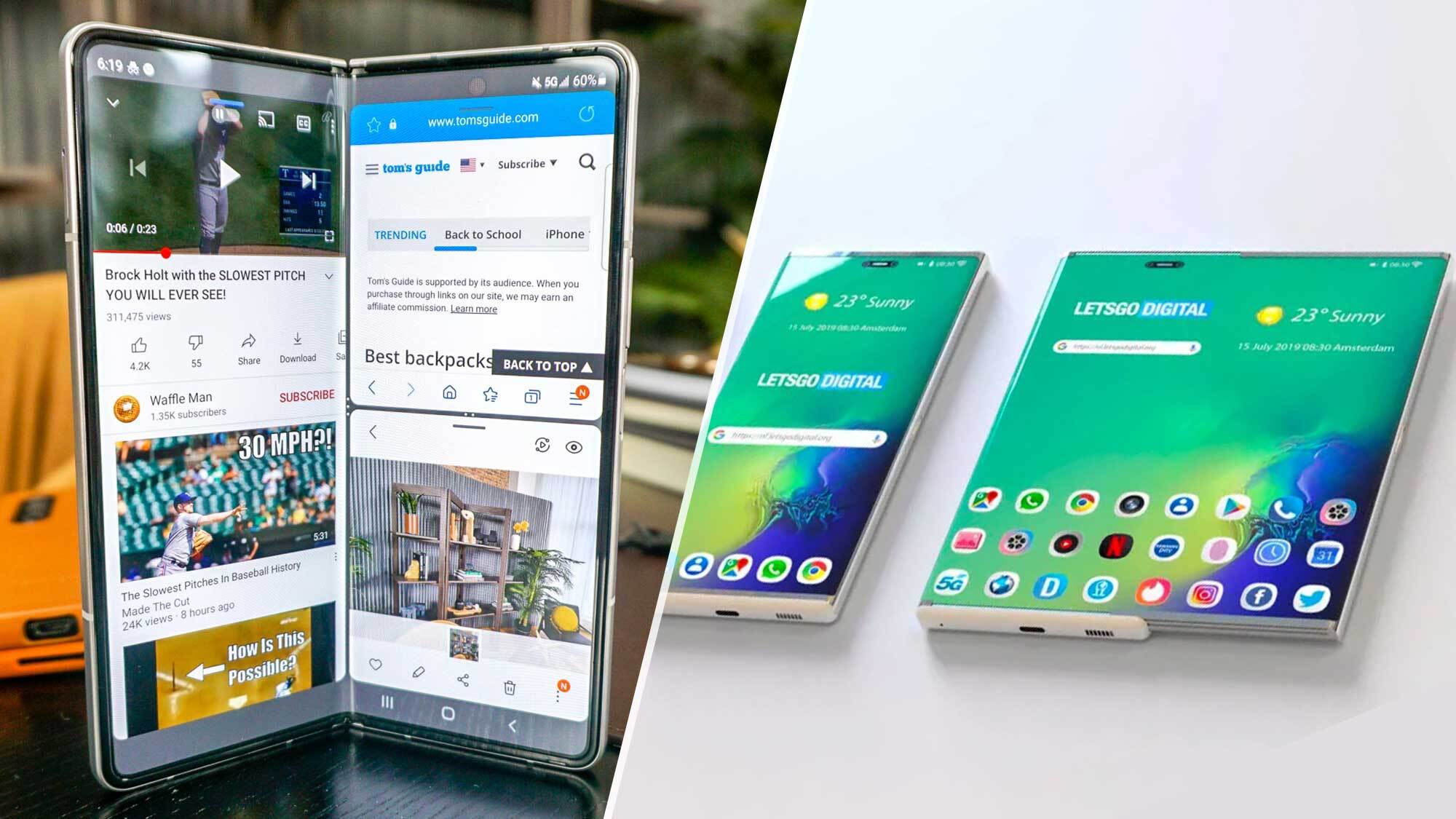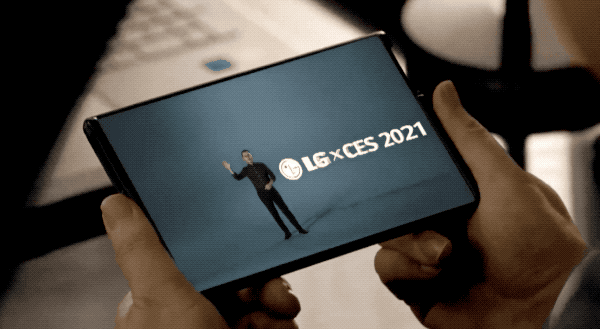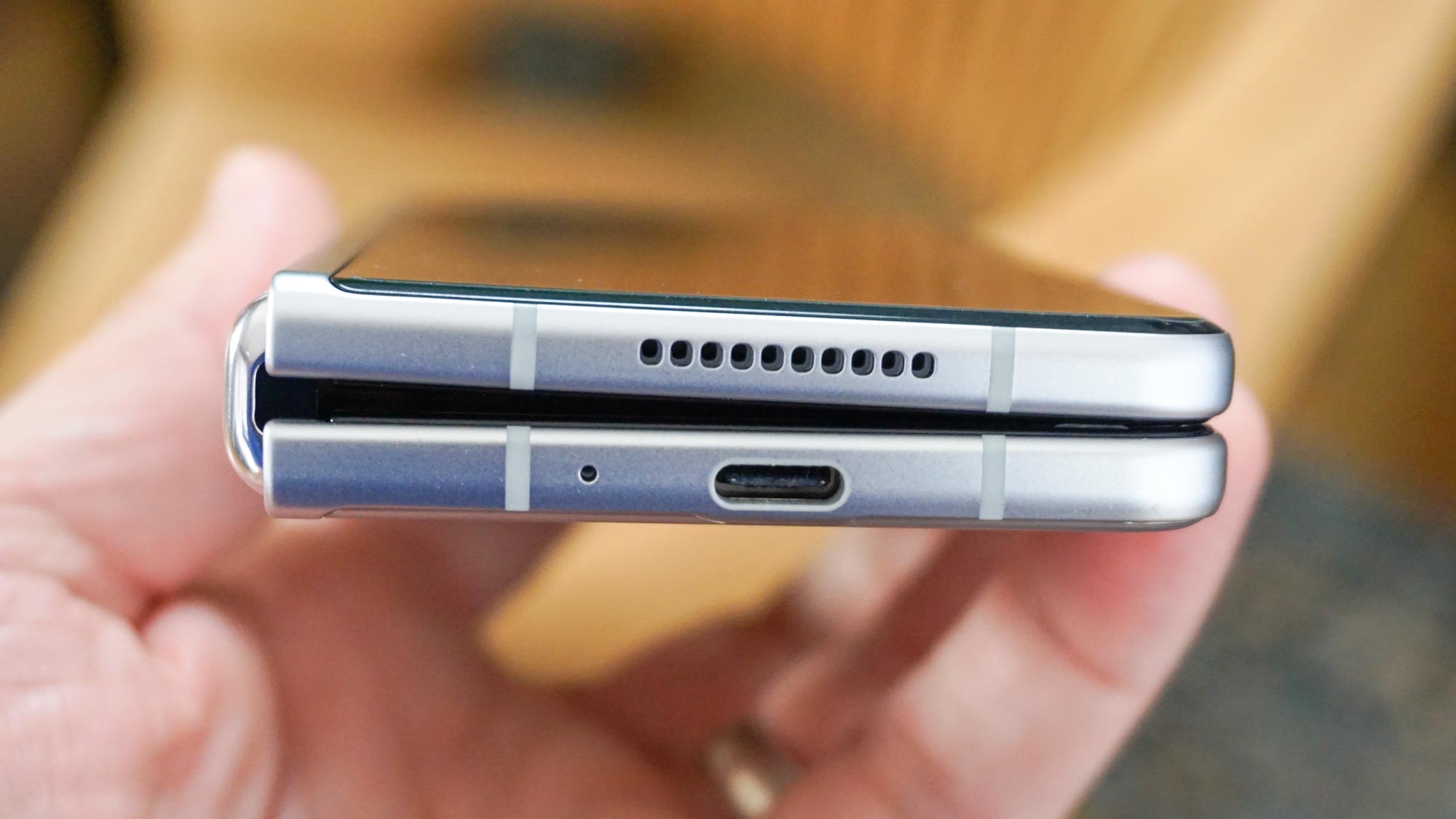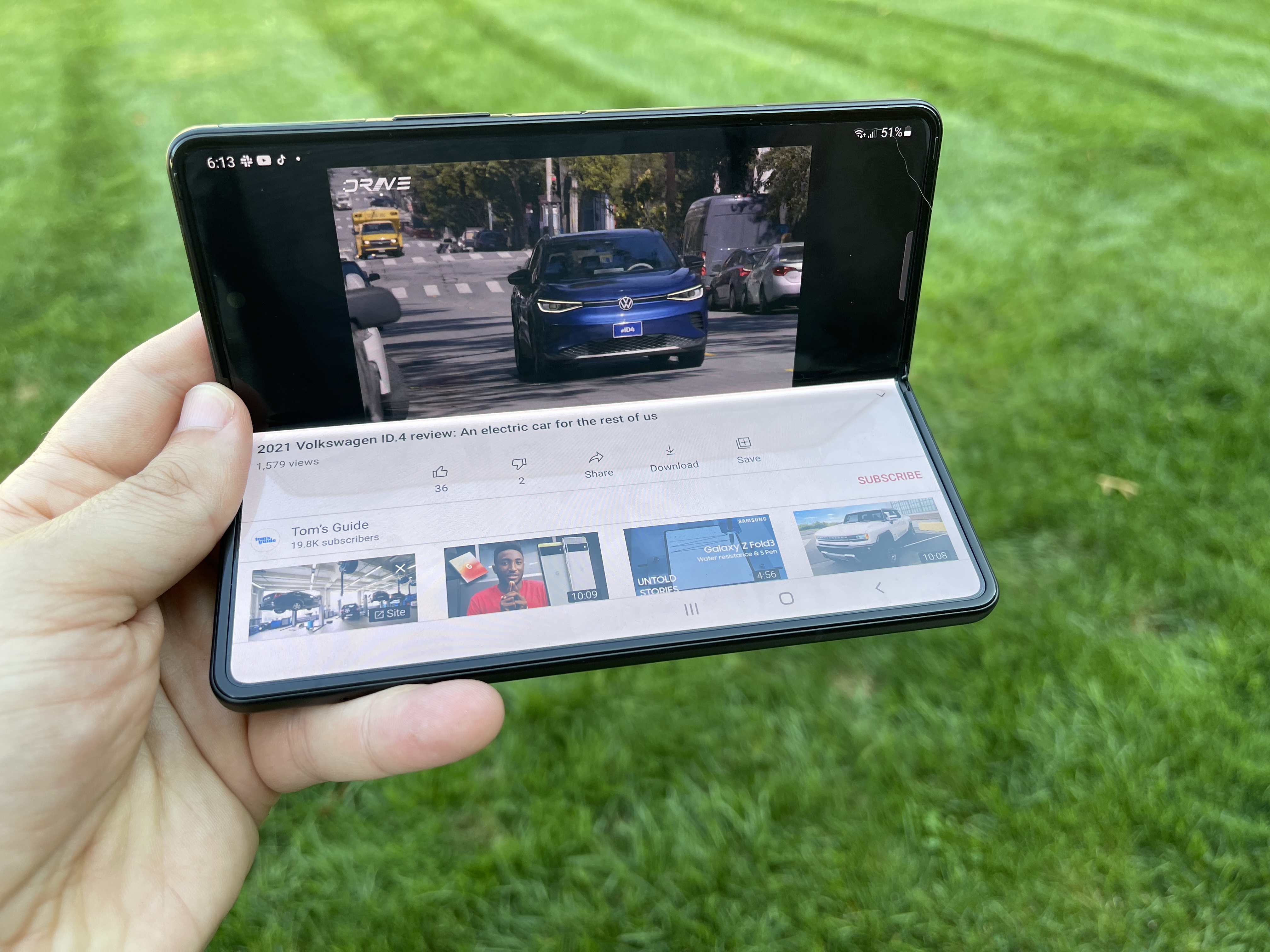Foldable phones vs. rollable phones: Which is the future?
These phones take very different approaches to giving you more screen space to work with

We're just getting used to the idea of foldable phones that open up to reveal a larger screen inside. But it increasingly looks like phone makers are going to introduce a new type of design that challenges the best foldable phones for offering a productivity-boosting design. Several phone makers are reportedly working on rollable or scrollable phones — think devices with screens that expand — with new models arriving as soon as this year.
Samsung, which already leads the way with foldable phones like the Galaxy Z Fold 3 and Galaxy Z Flip 3, could have a rollable phone in the works. Tentatively titled the Galaxy Z Roll, this new device would enable you to press a button to expand the phone-sized screen into a more tablet-like display. If you believe the rumors, the Galaxy Z Roll would join the rumored Fold and Flip updates that we're expecting to appear in the second half of the year.
The coming arrival of rollable phones invites inevitable comparisons to their foldable counterparts. What are the differences between these two form factors, and which one will help you get more done when you're on the go? We won't know all the answers until a device like the Galaxy Z Roll actually appears alongside the likes of the Galaxy Z Fold 4 or Galaxy Z Flip 4. But for now, our foldable phones vs. rollable phones comparison can look at what these two types of big screen phones have in common and where they differ.
Foldable phones vs. rollable phones: How they work
By now, the concept of foldable phones is no longer a mystery. The device is highlighted by a screen that folds, though the manner in which you fold that display varies from device to device.
In the case of the Galaxy Z Fold 3, for example, you open up the phone like a book, revealing the 7.6-inch display inside. When not in use, that screen folds in half, leaving you with a 6.2-inch cover display on the Fold's exterior.

The Galaxy Z Flip 3, on the other hand, repurposes the flip phone design that was common in the pre-smartphone era. In the case of the Flip, the cover opens up to let you access the 6.7-inch interior display. When folded, the exterior of the phone offers a 1.9-inch panel that can show notifications and service as a view finder when you take photos with the Flip's exterior cameras. The Motorola Razr works much the same way, even if it's not been as popular as the Galaxy Z Flip models.

Both Galaxy foldables center around a hinge that handles all that folding and unfolding. Samsung has said that the hinges on both the Fold and Flip can withstand 200,000 openings and closings. The phone maker has also taken steps to keep dust out of the moving parts of its foldables to prolong their durability.
Get instant access to breaking news, the hottest reviews, great deals and helpful tips.
Rollable or scrollable phones take a different approach, rolling out the screen like a window shade, with the rolled up part hidden from view. We're not sure how this will work exactly with an unannounced product like the Galaxy Z Roll — some rumors suggest that the top of the screen will extend. But we can look at a phone like the LG Rollable, which the electronics giant showed off in 2021 before it opted to abandon the phone business entirely.
The LG Rollable had the size of a standard smartphone. When you wanted to have more screen to work with though, you could make one side extend out, revealing more display space. In one of the LG Rollable's on-stage demos, a company executive held the phone in landscape orientation while the top of the display extended and shrunk.

We'd assume the general principle is the same with the Galaxy Z Roll, or whatever rollable device comes along. You'll carry around a regular-sized smartphone, until it's time to switch into tablet mode. Doing so, likely by pushing a button, will cause the screen to extend in one direction; when not in use, the extra display will be hidden from view.
Foldable phones vs. rollable phones: What are the advantages of a scrolling screen?
Foldable phones and rollable phones share a common goal — give people a bigger screen to work with while still keeping the device compact enough to carry around. Smartphones have gotten more powerful while mobile apps are now more feature-packed. There's a desire to move tasks you'd normally do on a computer to handheld mobile device, especially with more of us on the go. Yet, editing, drawing and other productivity-minded tasks require a larger workspace than a traditional phone display. Hence, the desire to make that phone screen bigger on a device that can still fit into a pocket or purse.
With foldables and rollables taking different paths to that goal, it brings up the question of whether one device has an advantage over the other. And in the case of rollable phones, there's clearly one way in which this newer design might improve upon what foldables can do.
Even with Samsung introducing subsequent advances to the screen of each new Galaxy Fold model, one flaw has remained consistent — there's a visible crease where the screen folds in half. The same is true of the Galaxy Z Flip, though it's a little less noticeable. Objections to the crease are largely aesthetic ones, but when you've paid $,1799 for a phone, you don't want one where a blemish is in full view every time you look at the unfolded screen, particularly when the display shows a white background.

Some foldables have successfully managed to mask the crease. The Oppo Find N's crease is hard to feel and it's only visible in certain lighting conditions. But that phone is only available in China at the moment. So it's up to rollable devices to find a different way of addressing that problem.
From what we've seen of rollables, the solution appears to be you won't get a crease if the screen never folds. And that's in essence what a scrollable phone offers, with the display unrolling to extend outward. We'll need to see this in action to confirm, but you'd imagine there would be no creases or divots on a rollable screen since it never really folds in two like the panel on a Galaxy Z Fold 3, for example.

Foldable phones are also still pretty bulky when closed up. An unfolded Galaxy Z Fold 3, for example, measures 0.62 inches thick — nearly double the size of a conventional phone. Presumably, a rollable phone can reduce that thickness somewhat, though we'll have to see a finished phone to confirm that.
Rollable phones: Unanswered questions
Just how thin a rollable phone can be relative to its foldable counterpart is just one of the questions we're waiting to answer with the arrival of a Galaxy Z Roll-like device. It's also unclear just how durable such a phone will be.
A scrollable phone may like the hinge required to fold a screen, but there will still be moving parts needed to roll and unroll the phone's display. Moving parts degrade over time so it will be up to Samsung — or whatever phone maker brings a rollable device to market — to detail just how well the expandable screen will hold up.

Foldables may be a new kind of device, but phone makers have already discovered ways to use that extra screen real estate. It's much easier to multitask on foldable phones, running multiple devices on different sections of the expanded screen. The Galaxy Z Fold 3, for example, can run three apps at once. And both Galaxy foldables offer a Flex mode where you can open the device at a 90-degree angle, turning the bottom half of the display into a control panel.

Apart from the aded screen space, rollable phones have yet to exhibit that kind of device-specific use case. Patents filed by Samsung for a rollable phone suggest that the extended display could be opaque, making it ideal for augmented reality apps. But it's unclear how that would work exactly or even if such a phone is close to development.
Foldable phones vs. rollable phones: Outlook
We're still in the early days of foldable phones, with only a handful of devices offering the kind of functionality and affordability you'd expect from a smartphone. Rollable phones have even less of a track record. So it will be some time before we see which kind of device is better suited for which task. Still, it should be interesting to see what phone makers come up with in the very near future.
Philip Michaels is a Managing Editor at Tom's Guide. He's been covering personal technology since 1999 and was in the building when Steve Jobs showed off the iPhone for the first time. He's been evaluating smartphones since that first iPhone debuted in 2007, and he's been following phone carriers and smartphone plans since 2015. He has strong opinions about Apple, the Oakland Athletics, old movies and proper butchery techniques. Follow him at @PhilipMichaels.

